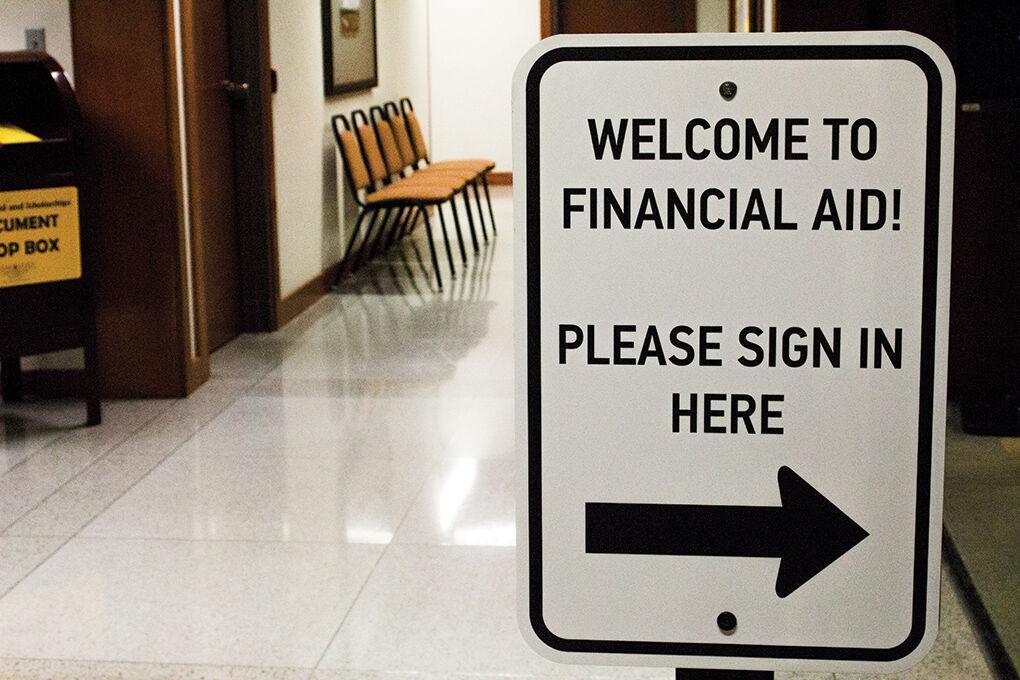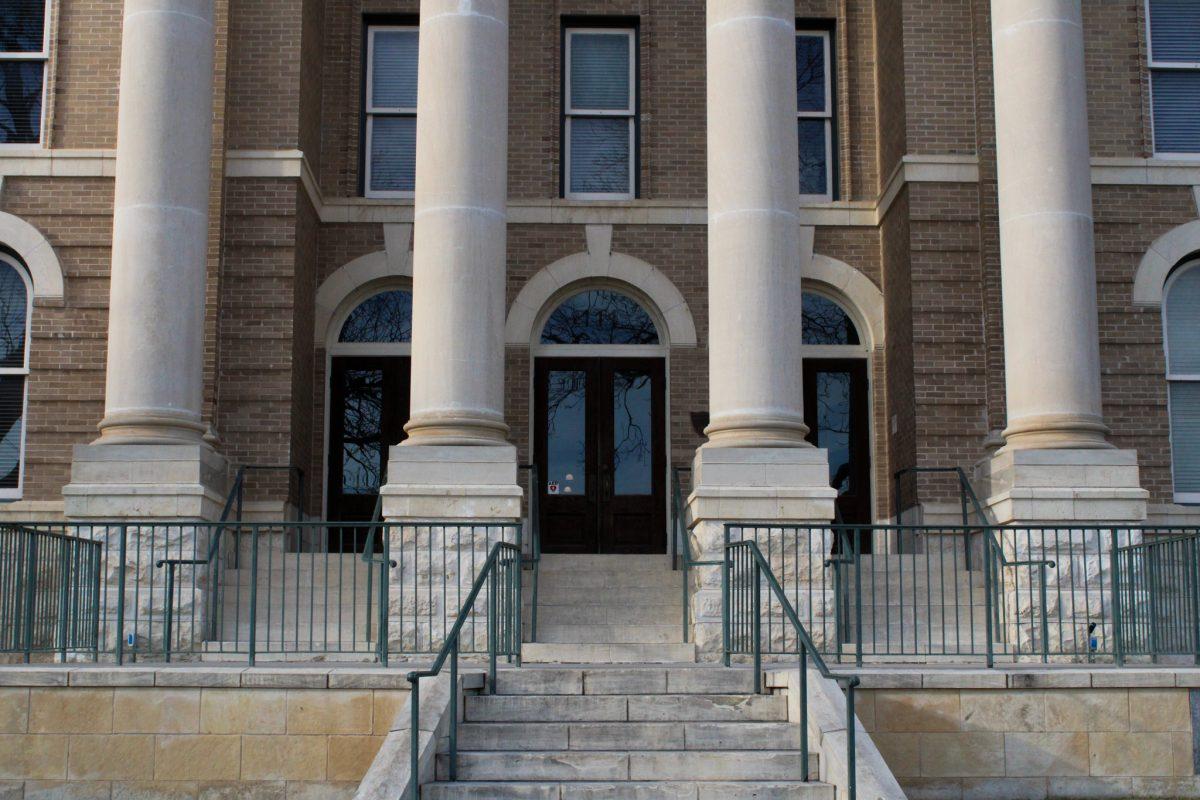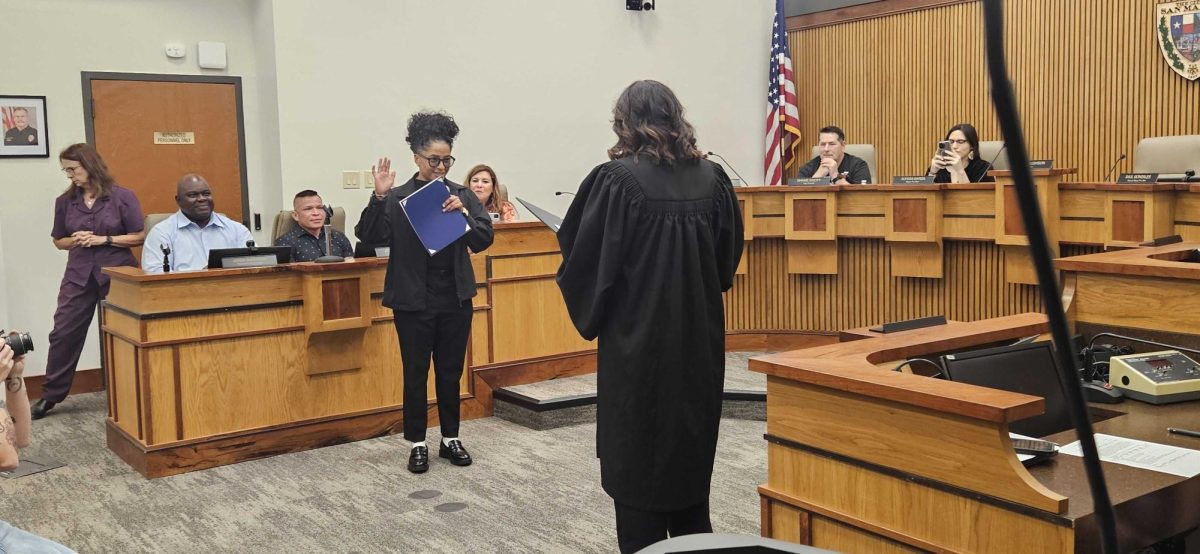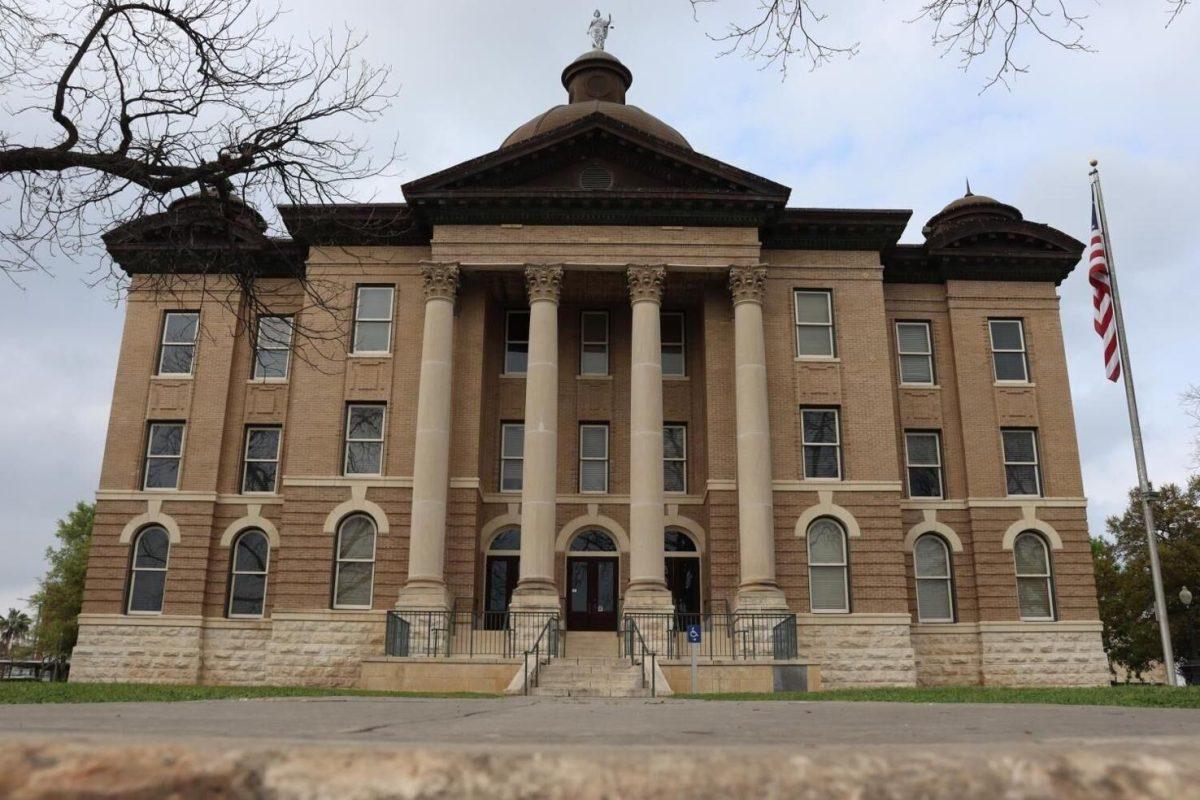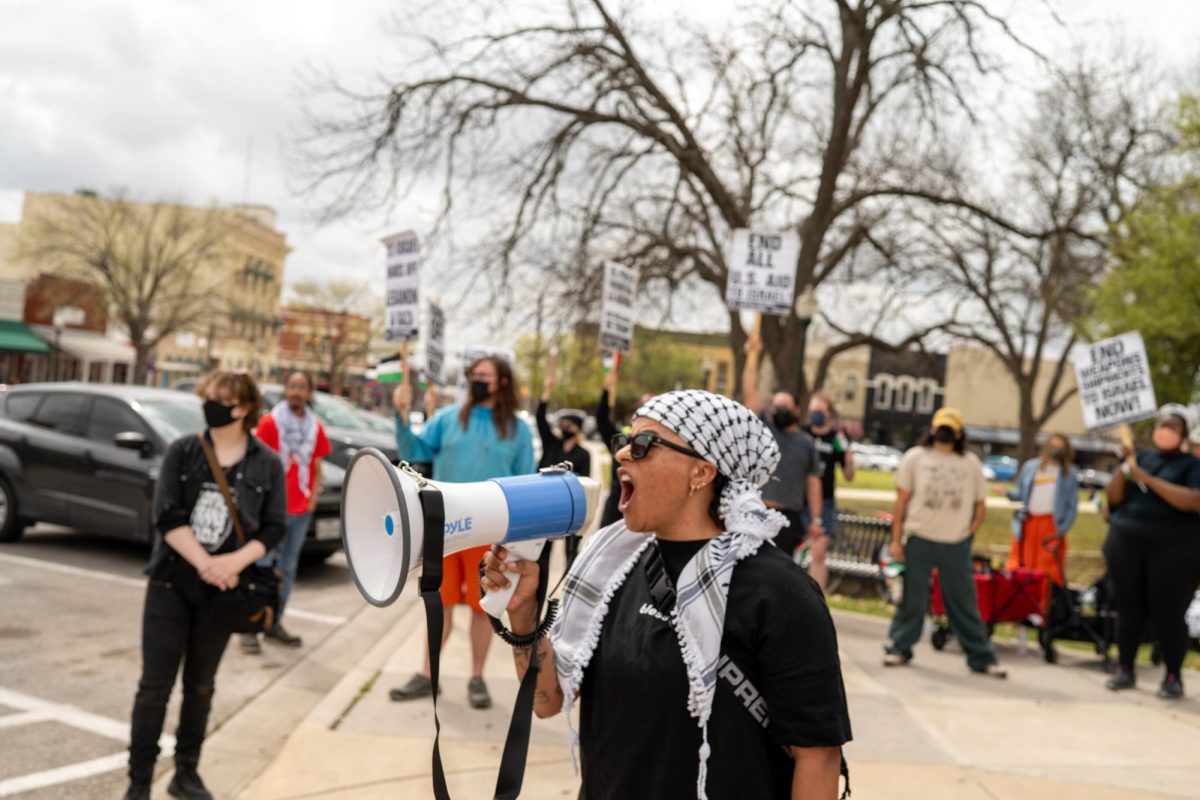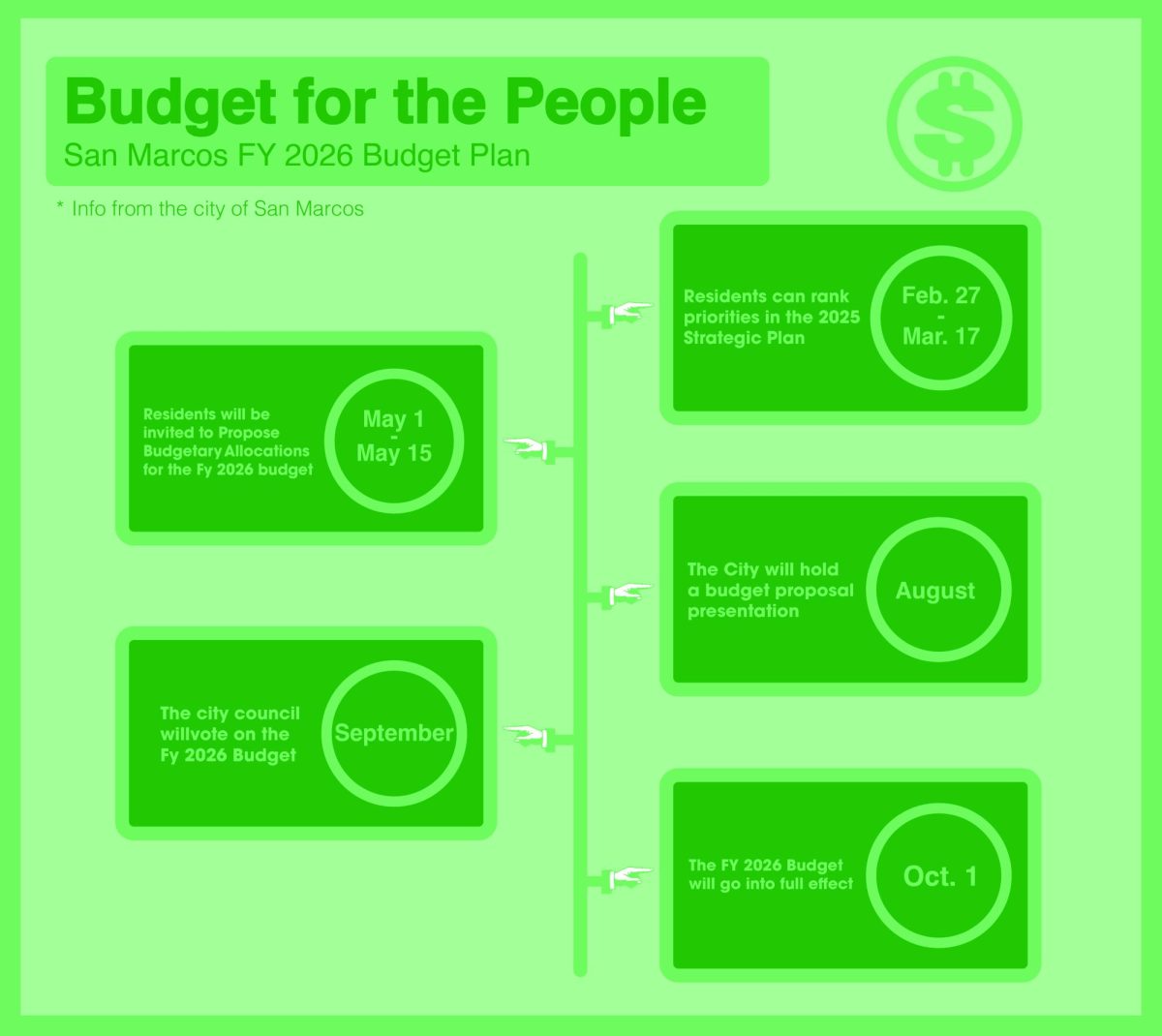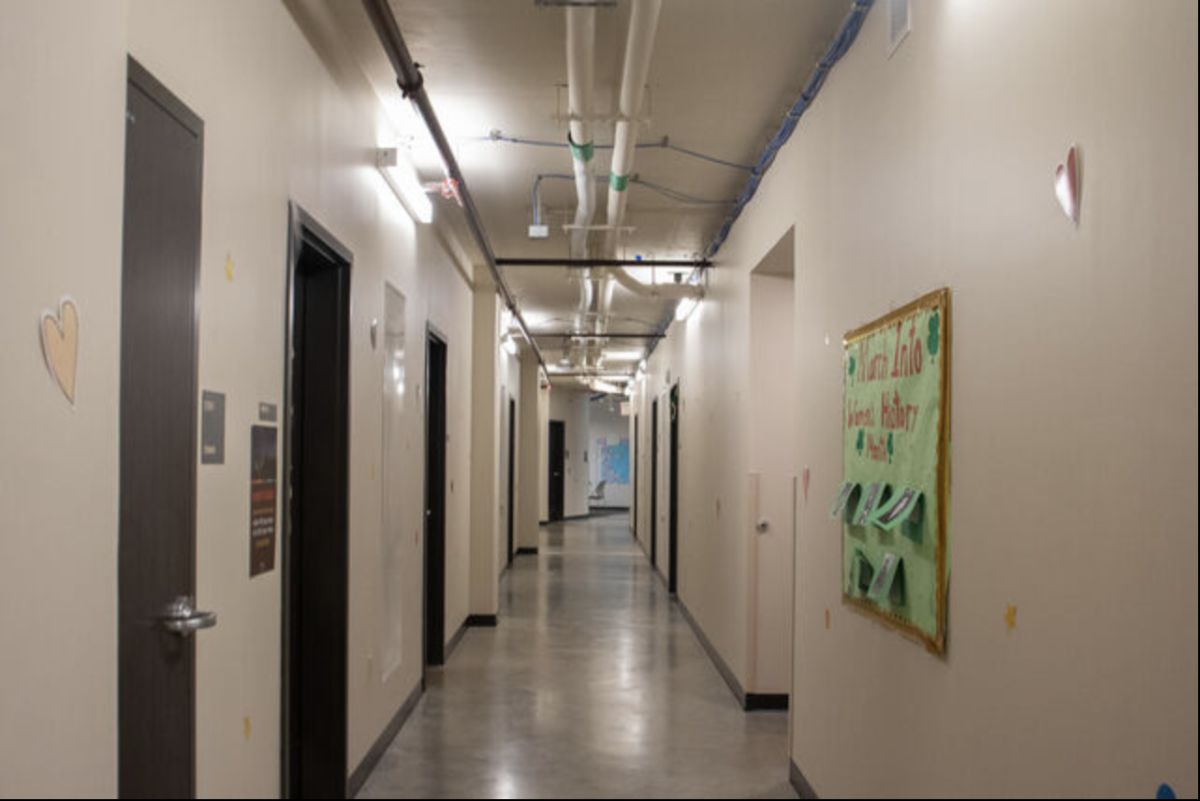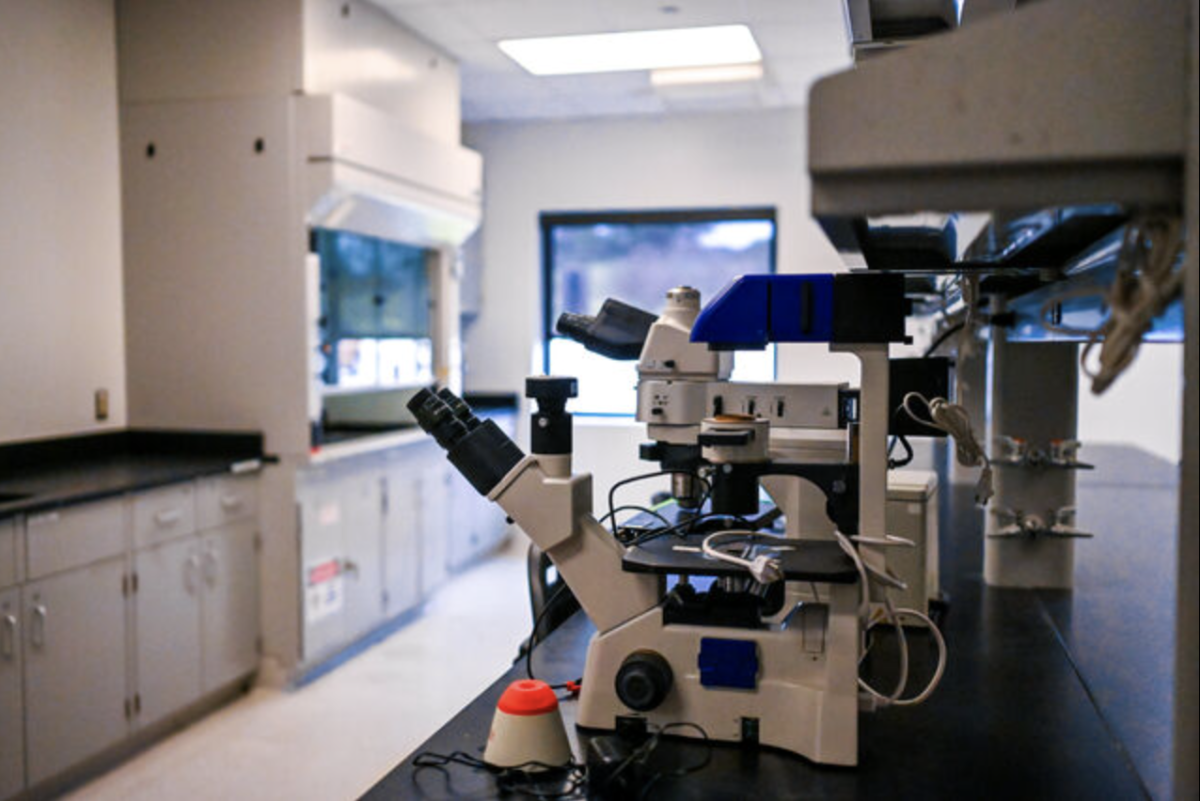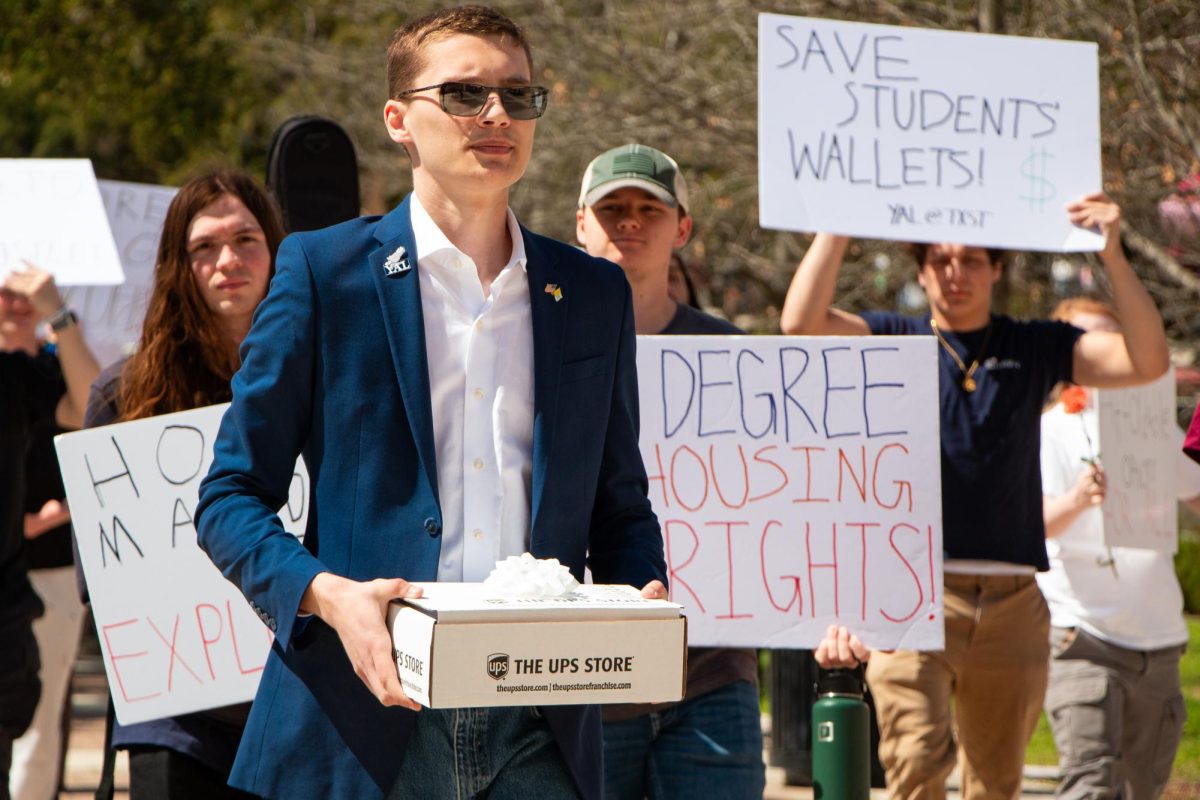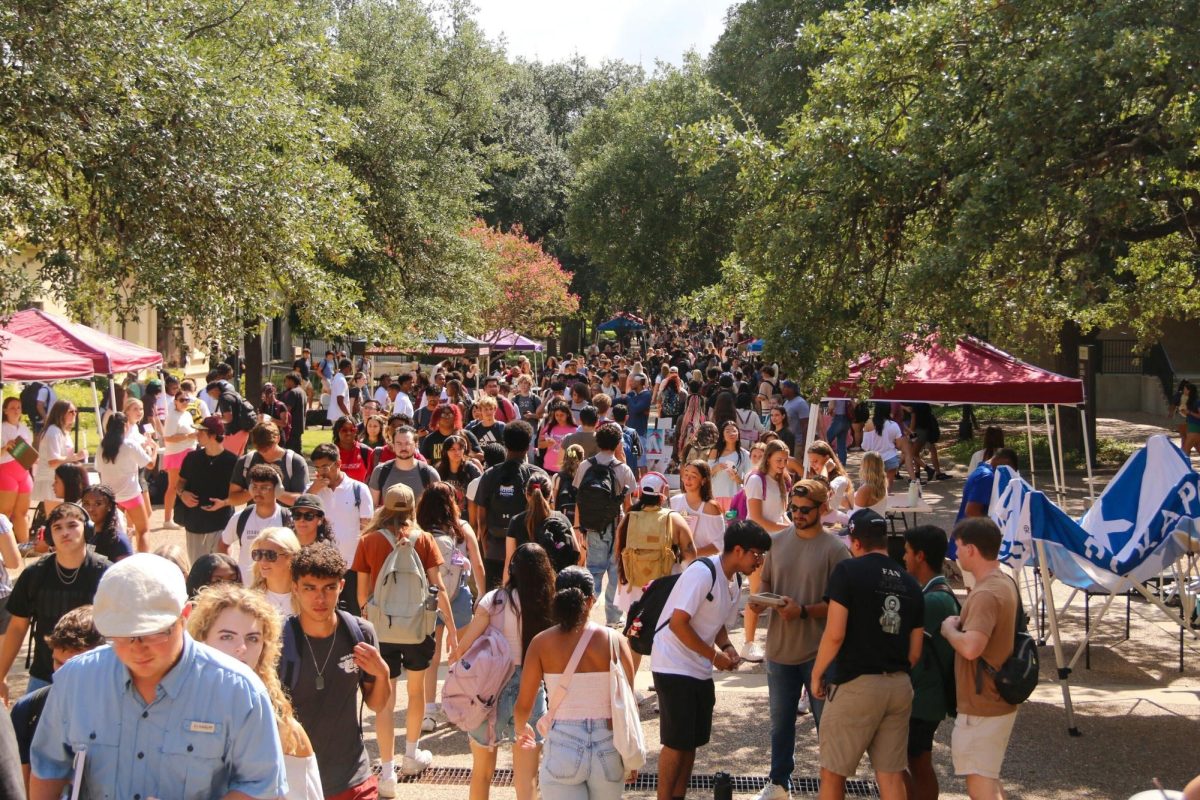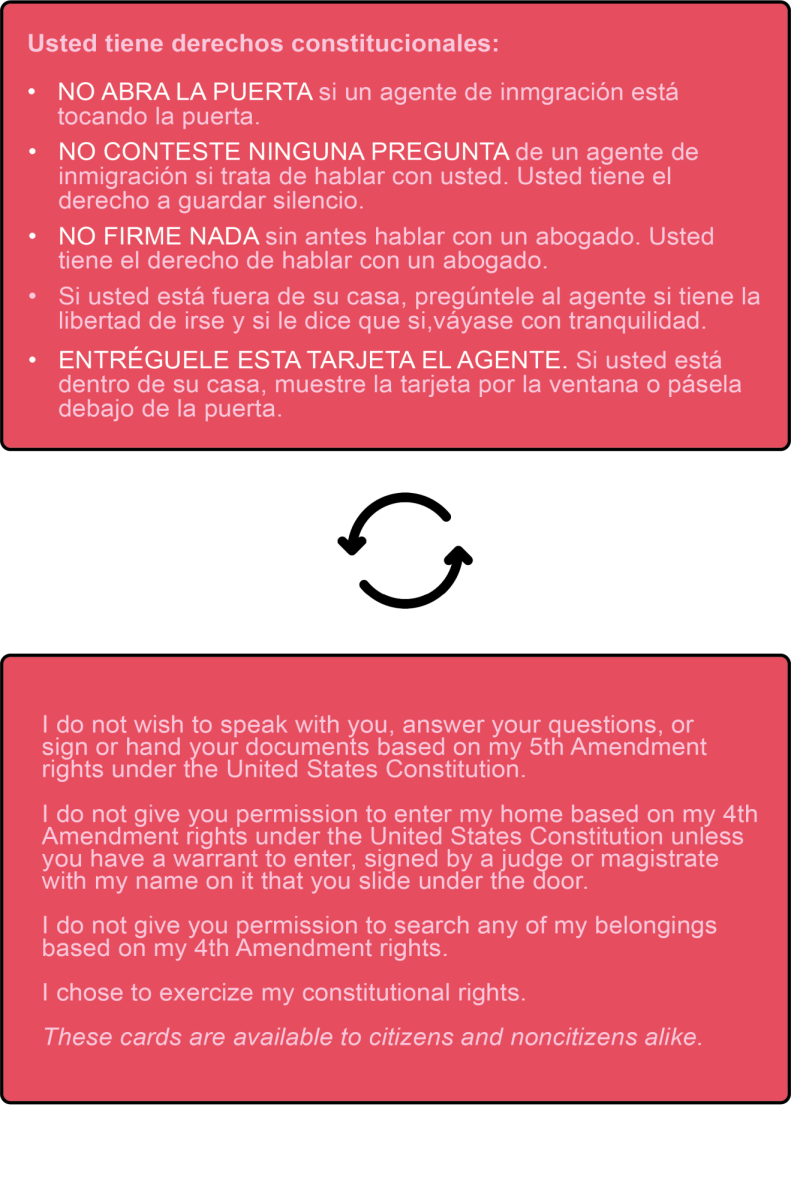In a virtual town hall event for students, faculty and staff on Feb. 2, University President Denise Trauth and other Texas State administrators provided updates on student financial support, campus activities and the university’s continuing COVID-19 mitigation strategies.
Speakers at the event included newly-hired Vice President for Student Affairs Cynthia Hernandez, Vice President for Finance and Support Services Eric Algoe and Chief Medical Officer Emilio Carranco.
In her opening remarks, Trauth announced the university has reallocated money to triple the amount in funds available for fall 2021 scholarships compared to fall 2020 — an additional $100 million in financial aid over the next 10 years — to assist students amid the pandemic.
“Expanding financial aid is one of the many ways we remove barriers that can stand in the way of student success,” Trauth says. “To our students, I know I speak for our staff and faculty, we are here to help you on your educational journey as you move closer to graduation and a fulfilling career.”
In addition, Trauth announced a 3% bonus to eligible employees tied to the university’s performing management and salary review processes. The bonuses will be non-recurring pay supplements spread over a 12-month period beginning in October.
After hearing concerns from members of the Student Government about a lack of in-person events and opportunities, Hernandez says the university will utilize current COVID-19 mitigation strategies to begin a phased approach to reengage in aspects of normal campus life.
This includes opening spaces in the LBJ Student Center to 50% capacity for department and student organization meetings and expanding tabling in the Quad, Bobcat Trail and mall areas. Recreational facilities on both the San Marcos and Round Rock campuses will also return to 50% capacity.
In addition, Hernandez announced the return of limited in-person programming from the Student Association for Campus Activities, adding that if COVID-19 trends improve, programming may expand later in the spring.
“I wouldn’t be expecting performances by Beyonce or Lady Gaga at this time, but I’m sure that we will have other good things in store,” Hernandez says.
Hernandez stresses that spring break remains on schedule (March 15-19), but the university will expect students, faculty and staff to follow health and safety measures while away. In-person, outdoor May commencement ceremonies also remain on the table, with a total of six ceremonies occurring on May 13-14 at Bobcat Stadium, which will also be live-streamed, Hernandez says.
Algoe discussed the CARES Act Higher Education Emergency Relief Fund (HEERF), which will provide Texas State a second round of federal funds ($51.2 million), and how the university plans to utilize it.
The amount is an increase from the first round of HEERF funds received in spring 2020, approximately $28.5 million, which went directly to student aid and assisted nearly 18,000 students, Algoe says.
Algoe says there are four main categories the university plans to allocate the funds toward:
- Direct aid to students for both the spring and fall 2021 semesters
- Financial assistance to departments that previously relied on in-person student fees, such as the Student Health Center and Rec Center
- Select faculty salaries for instructors, such as faculty that have been moved online, and enhance staffing in the Student Counseling Center
- Offsetting direct costs incurred from the pandemic
Carranco provided an update on the COVID-19 situation, describing it as “going in the right direction”. After pointing out decreases in state-wide and county-wide positivity rates, Carranco boasted about the university’s 4% positivity rate, a rate he describes as much better than surrounding rates and the state’s current rate.
“I think what that positivity rate speaks to is the fact that our prevention measures are working, they are working, and that’s why it’s safe to have face-to-face classes again. That’s why it’s safe for us to begin to have some events on campus for our students,” Carranco says.
Carranco discussed the recently emerged COVID-19 varients, saying while they have proven to cause more serious symptoms because they spread in a similar fashion to the current strains, the university’s current preventive measures should still be effective.
However, Carranco says the Texas State community may need to enhance its masking efforts, such as wearing multiple layered masks or double masking, while also considering some of the “trade-offs” they pose, such as trouble breathing or speaking.
“The fact of the matter is that, if you double mask, you can increase the effectiveness of the mask, and you can essentially protect yourself to a greater degree,” Carranco says.
Carranco then addressed vaccination concerns, stressing the effectiveness of existing vaccines from Pfizer and Moderna, including those not yet approved, such as the Johnson & Johnson, AstraZeneca and Novavax vaccines.
While the university developed a mass vaccination plan through its vaccination workgroup, due to a shift in the state’s vaccination plan that prioritizes “hubs” or mass vaccination sites, the university expects more vaccines to be allocated to those areas.
“I believe that eventually, we will have some vaccines, but I think vaccination hubs are the main strategy for the state… [the state is] trying to vaccinate people who are at the highest risk for complications from COVID-19 and that makes sense,” Carranco says. “Eventually we will get to everyone and so I ask that you be patient; our turn will come. And when we have an opportunity, Texas State will be prepared to vaccinate.”



